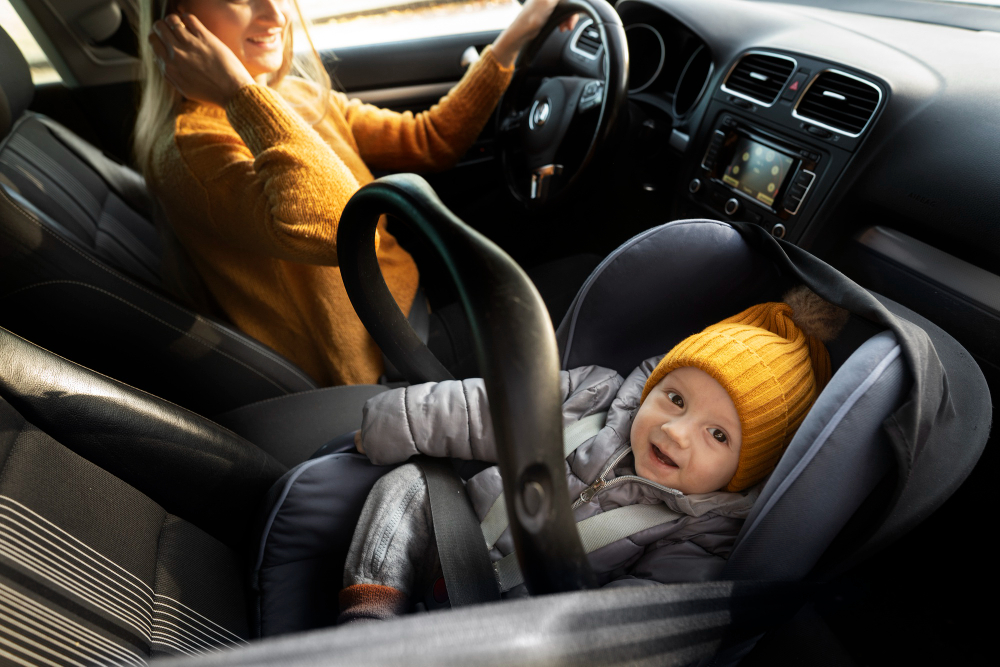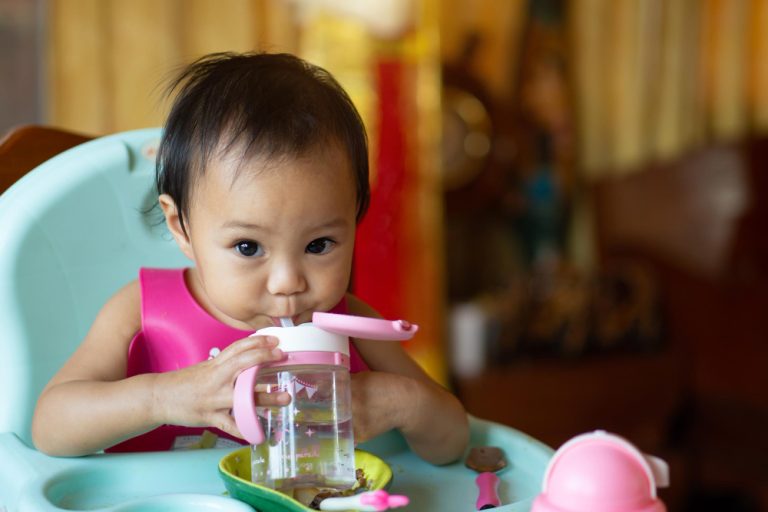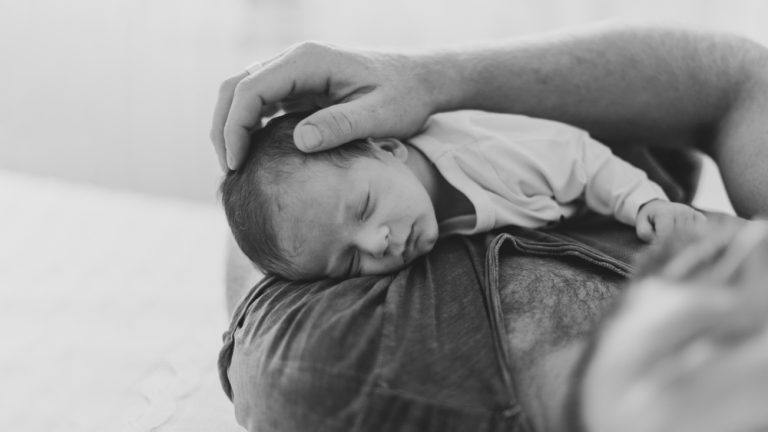How Long do Babies Have to be Rear Facing? Car Seat Safety
Can you truly say that you’re doing everything possible to keep your child safe on the road? Cruising down the street with your little one in the backseat and their laughter filling the air is a moment to cherish. But have you ever stopped to think whether their car seat is truly secure? How long do babies have to be rear facing for maximum safety?
Let’s untangle the mysteries of car seat safety together and equip you with expert advice and practical guidelines on how long do babies have to be rear facing to ensure your child’s safety on the road.
Introduction to Car Seat Safety
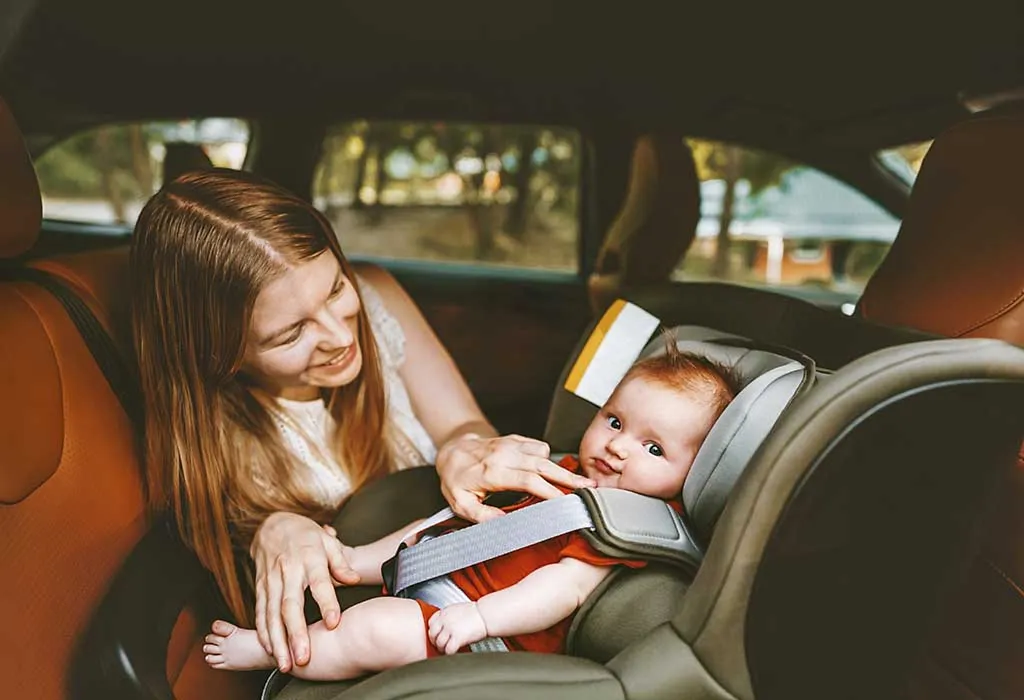
Car seat safety is of utmost importance when it comes to protecting our little ones during car journeys. As parents, ensuring their well-being and security is a top priority, and that starts with choosing the right car seat and understanding the recommended guidelines.
Among the various types of car seats available, rear-facing car seats are particularly crucial for babies. They offer optimal protection and minimize the risk of injury in the event of a collision.
The rear-facing position allows the car seat to absorb the impact and distribute the forces evenly, thereby protecting the developing neck, spine, and head of the child.
The American Academy of Pediatrics (AAP) recommends that infants and toddlers remain in a rear-facing car seat until they reach the maximum weight and height limits specified by the manufacturer.
This is typically around the age of 2, although some car seats can accommodate children up to 40 or even 50 pounds. It’s important to note that reaching the minimum age and weight requirements for a forward-facing seat does not automatically mean it’s time to switch.
Research has shown that keeping children in rear-facing car seats for as long as possible significantly reduces the risk of severe or fatal injuries. According to the National Highway Traffic Safety Administration (NHTSA), rear-facing car seats have been proven to be more effective in protecting young children in frontal crashes, which are the most common type of car accidents.
In fact, a study conducted by the NHTSA revealed that rear-facing car seats can reduce the risk of fatal injury by 71% for infants under one year old.
By following the recommended guidelines for rear-facing car seats, parents can provide the highest level of protection for their little ones during car journeys. It’s important to remember that every car seat has specific height and weight restrictions, so it’s crucial to check the manufacturer’s guidelines and always follow them to ensure optimal safety.
Remember, the road can be unpredictable, but with the right car seat and adherence to rear-facing guidelines, you can provide your baby with the best possible protection during every journey.
Stay tuned to learn more about how long do babies have to be rear facing, the benefits of extended rear-facing and how to choose the right car seat as we delve further into this comprehensive guide to car seat safety.
5 Major Benefits of Extended Rear-Facing
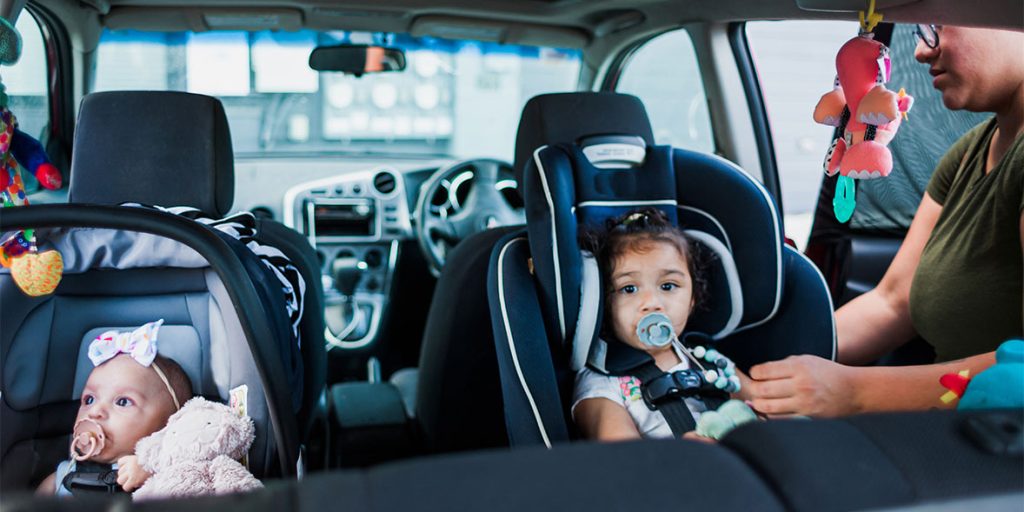
Extended rear-facing car seats have gained recognition for their superior safety benefits and are now recommended by experts and organizations worldwide.
Here are the key advantages of keeping babies in rear-facing car seats for a longer duration:
1. Enhanced Safety and Injury Prevention
- Rear-facing car seats provide optimal protection and significantly reduce the risk of injury during accidents.
- The rear-facing position distributes the force of a collision across the child’s entire body, particularly supporting the vulnerable head, neck, and spine.
- This positioning allows the car seat to absorb the impact and limit the movement of the baby, reducing the risk of serious injuries, including spinal cord damage.
2. Protection for Developing Body Structures
- Babies’ bodies are still developing, and their bones, muscles, and ligaments are considerably more fragile than those of adults.
- Extended rear-facing allows for the natural maturation of these structures before transitioning to forward-facing seats.
- It ensures that the head and neck are better supported during sudden stops or crashes, reducing the strain on delicate body parts.
3. Minimizes the Impact of Car Collisions
- Rear-facing car seats excel in safeguarding infants against the G-force generated during a car crash.
- By facing backward, the car seat allows for the distribution of crash forces across the car seat’s back and shell, reducing the impact on the baby’s body.
- This minimizes the risk of head and neck injuries caused by whiplash-like movements, which are more likely to occur in forward-facing seats.
4. Improved Protection in Side-Impact Collisions
- Extended rear-facing car seats provide critical protection during side-impact collisions, which are particularly dangerous for young children.
- The layered construction and energy-absorbing features of rear-facing seats offer better shielding against crash forces entering the car from the side.
- This added protection significantly reduces the risk of serious injuries.
5. Compliance with Safety Standards and Guidelines
- By adhering to extended rear-facing recommendations, parents ensure that they are in line with established safety standards and guidelines.
- Organizations such as the American Academy of Pediatrics (AAP) and the National Highway Traffic Safety Administration (NHTSA) strongly endorse extended rear-facing for maximum safety.
Remember, each child may have different needs and milestones, so it’s essential to consult with your pediatrician for specific recommendations pertaining to your child’s growth and development.
Safety Guidelines for Rear-Facing Car Seats
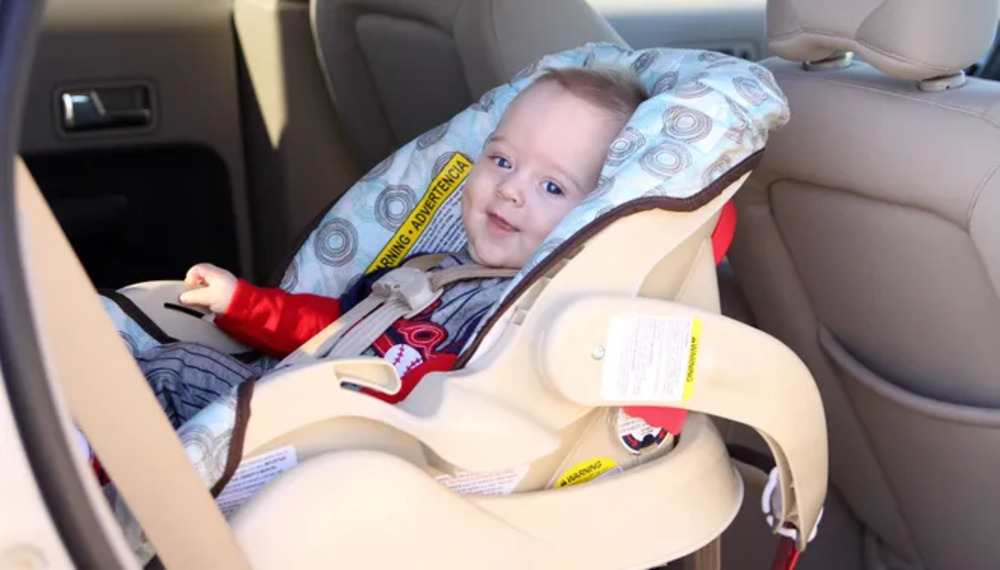
When it comes to car seat safety for babies, rear-facing car seats are essential for providing optimal protection. Following the recommended guidelines ensures that your child is safeguarded during travel.
Here are important factors to consider regarding weight and height limits for rear-facing car seats:
1. Manufacturer Guidelines
- It is crucial to adhere to the specific instructions provided by the car seat manufacturer.
- Read the manual thoroughly and follow the weight and height limits mentioned.
2. Weight Requirements
- Most rear-facing car seats have weight limits ranging from 22 to 40 pounds.
- However, there are also rear-facing seats available for higher weight limits, such as 40 to 50 pounds.
- Choose a car seat that accommodates your child’s weight appropriately.
3. Height Limits
- Apart from weight, height limits also play a crucial role in determining how long a child can remain in a rear-facing car seat.
- Typically, the height limit ranges from 28 to 40 inches. Some car seats have extendable panels to accommodate taller children.
4. Extended Rear-Facing
- It’s important to consider extended rear-facing for as long as possible, even if your child meets the minimum weight and height requirements for transitioning to a forward-facing seat.
- Extended rear-facing provides additional protection to a child’s head, neck, and spine.
Remember, accurate installation and proper use of the car seat are equally important in ensuring your child’s safety. Always consult the car seat manual for detailed instructions on installation, securing the straps, and using the harness correctly.
Following these guidelines will help ensure that your child remains in a rear-facing car seat for the recommended duration, promoting their safety during car journeys.
Transitioning from Rear-Facing to Forward-Facing
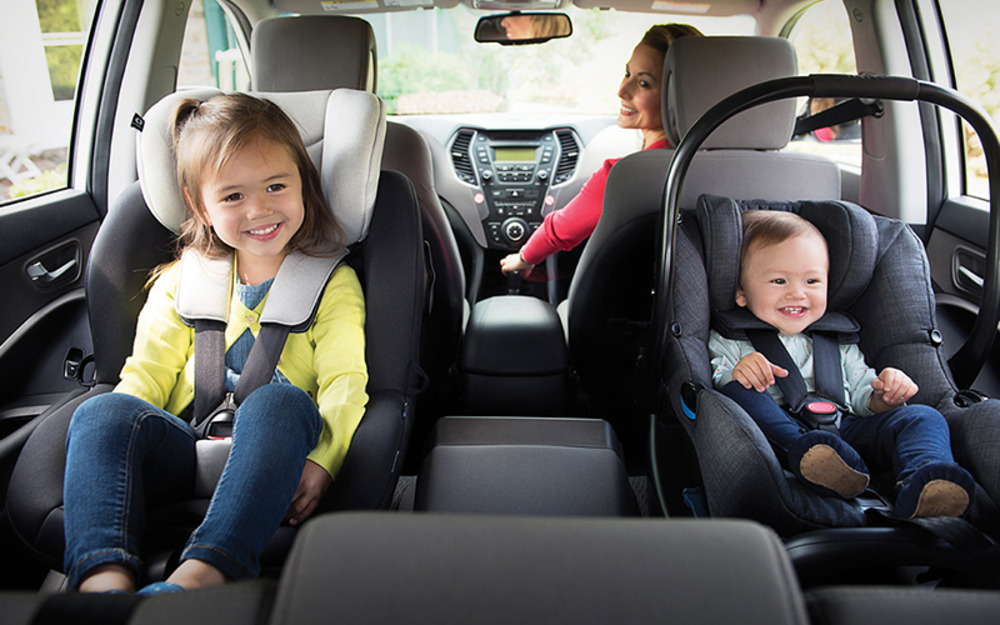
Transitioning a baby from a rear-facing to a forward-facing car seat is an important milestone in their growth and development. However, it is crucial to adhere to expert recommendations and guidelines to ensure the highest level of safety for your child.
According to the American Academy of Pediatrics (AAP) and the National Highway Traffic Safety Administration (NHTSA), it is recommended to keep children in a rear-facing car seat for as long as possible, until they reach the maximum height and weight limits specified by the car seat manufacturer.
This is because rear-facing car seats provide better protection for a child’s head, neck, and spine in the event of a collision.
Typically, children should remain in a rear-facing car seat until they are at least 2 years old. However, it is important to note that age alone should not be the sole determining factor for transitioning to a forward-facing seat. Instead, it is the child’s height and weight that play a significant role in this decision.
To make the transition, parents should carefully check the height and weight requirements of their specific car seat model. Once a child exceeds these limits, it is generally safe to switch to a forward-facing car seat. However, it is essential to follow the manufacturer’s instructions and guidelines for proper installation and usage.
Remember that transitioning to a forward-facing seat prematurely can increase the risk of injury in the event of an accident. It is always best to err on the side of caution and keep your child in a rear-facing car seat for as long as possible within the specified limits.
Key points: Rear-facing to Forward-facing
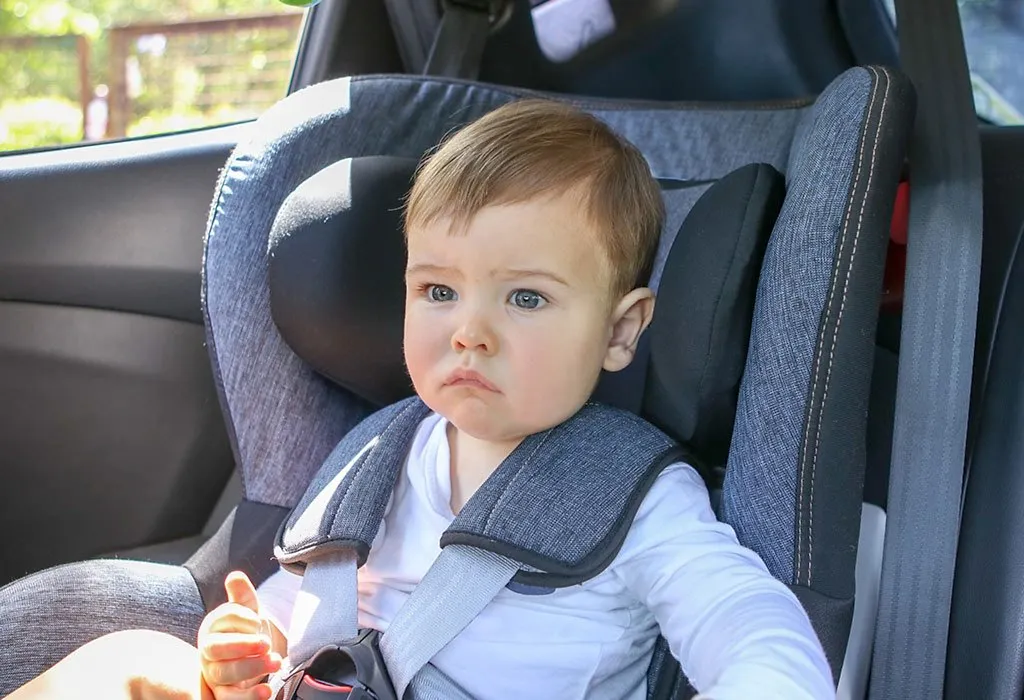
- Follow expert recommendations and guidelines provided by organizations such as the AAP and NHTSA.
- Consider the height and weight limits specified by the car seat manufacturer.
- Do not focus solely on a child’s age to determine the transition; height and weight are more important factors.
- Make sure to properly install and use the forward-facing car seat according to the manufacturer’s instructions.
Transitioning too early can increase the risk of injury in the event of a car accident. Keep your child rear-facing until they reach the maximum height and weight limits specified by the car seat manufacturer.
By following these guidelines and ensuring a safe transition, parents can provide their children with the best possible protection during car journeys.
How to Install a Rear-Facing Car Seat
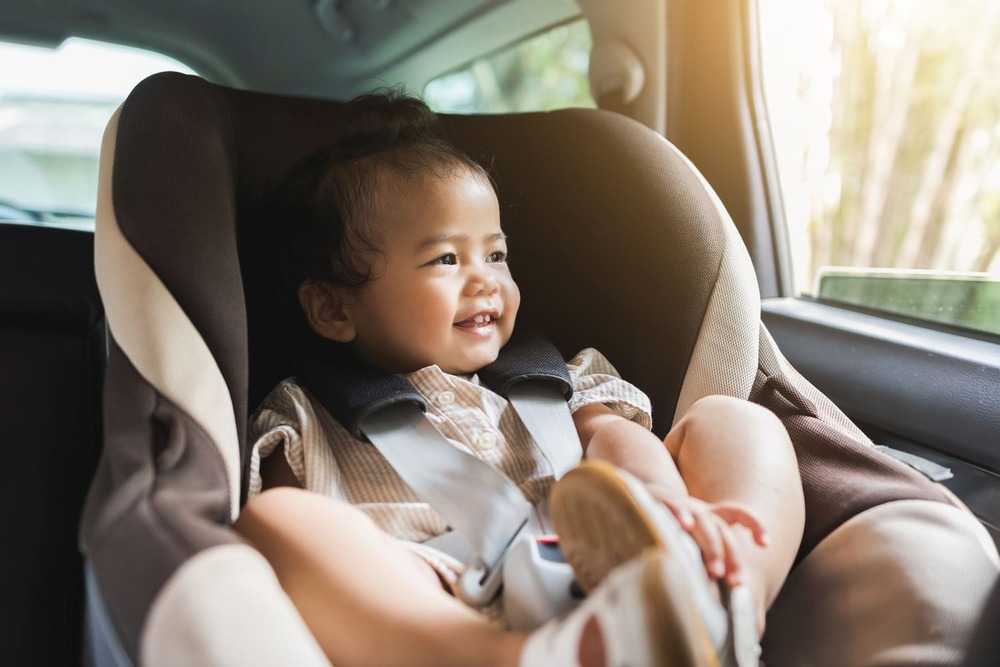
Installing a rear-facing car seat properly is crucial for ensuring your baby’s safety while traveling. Follow these step-by-step instructions and tips to correctly install a rear-facing car seat and provide optimal security for your little one:
1. Read the Car Seat Manual
- Begin by thoroughly reading the car seat manual provided by the manufacturer.
- It contains important instructions specific to your car seat model.
2. Choose the Correct Location
- Select the back seat of your vehicle as the safest location for installing the rear-facing car seat.
- Avoid placing it in the front seat, especially if it has an active airbag.
3. Positioning the Car Seat
- Place the car seat in the back seat, facing towards the rear of the vehicle.
- Ensure that the car seat is level, with the correct recline angle as specified in the manual.
4. Secure with Seat Belt or Lower Anchors
- Fasten the car seat tightly using either the seat belt or the lower anchors, depending on the car seat’s design.
- Follow the manufacturer’s instructions for the appropriate method.
5. Tighten the Straps
- Once the car seat is secured, tighten the straps, ensuring they are snug and free from twists.
- The harness straps should be positioned at or below your baby’s shoulders.
6. Check for Stability
- Shake the car seat from side to side and forward and backward to make sure it is securely installed.
- There should be minimal movement.
7. Final Checks
- Double-check that the car seat is securely installed by pulling on the seat belt or lower anchors.
- Ensure the car seat does not move more than an inch in any direction.
Remember, proper installation is crucial for your baby’s safety. If you’re unsure about installing the car seat correctly, seek assistance from a certified Child Passenger Safety Technician.
By following these installation instructions, you can have peace of mind knowing that your rear-facing car seat is securely in place and your baby is protected during every car ride.
Common Myths and Misconceptions: How Long do Babies Have to be Rear Facing
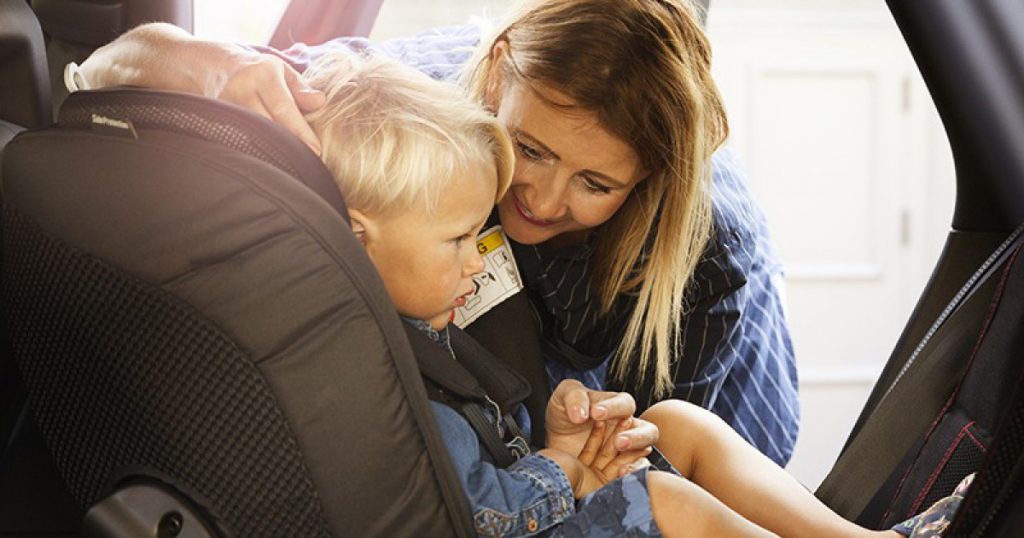
Car seat safety is a critical concern for parents, but unfortunately, there are several common myths and misconceptions surrounding rear-facing car seats. Let’s debunk these false beliefs and provide accurate facts to ensure that you have the correct information when it comes to protecting your child on the road.
1. Myth: Babies should be turned forward-facing once they reach a certain age.
Fact: The American Academy of Pediatrics (AAP) recommends keeping babies in rear-facing car seats until they reach the maximum weight or height limit specified by the car seat manufacturer. This is usually around 2 years old but can vary depending on the seat.
2. Myth: Rear-facing car seats are not necessary for older toddlers and preschoolers.
Fact: Extended rear-facing is crucial for child safety. In a rear-facing position, the car seat provides better support to the head, neck, and spine, reducing the risk of severe injuries in the event of a crash. It’s recommended to keep children rear-facing as long as possible, up to the limits of their car seat.
3. Myth: Rear-facing car seats are uncomfortable for babies and toddlers.
Fact: Rear-facing car seats are designed with deep side-impact protection and comfortable padding to keep your child safe and secure during car rides. They provide a cocoon-like environment that cradles the child’s body and distributes crash forces more evenly.
4. Myth: Rear-facing car seats are not necessary for short trips or quick errands.
Fact: Car crashes can occur at any time, regardless of the duration of the trip. It is essential to prioritize your child’s safety by using a rear-facing car seat for every car ride, no matter how short.
Remember, choosing the right car seat and using it correctly is crucial for your child’s safety. Don’t fall for these misconceptions. By following the expert recommendations and guidelines, you can provide the highest level of protection for your little one in the car.
Importance of Proper Strapping and Buckling
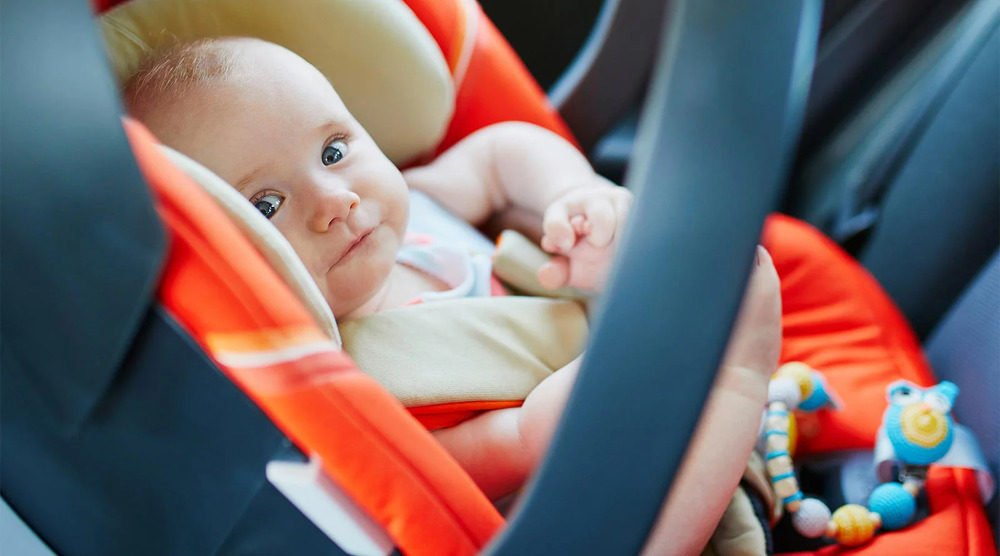
When it comes to ensuring the safety of infants and babies in rear-facing car seats, proper strapping and buckling are of utmost importance. This ensures that the child is securely fastened in the seat, minimizing the risk of injuries during an accident.
Let’s delve into why proper strapping and buckling is crucial.
Securely Fastened for Enhanced Protection
- Properly strapping and buckling your little one into a rear-facing car seat provides enhanced protection in the event of a collision.
- The harness should be snug, with no slack, to prevent the child from being thrown forward during impact.
- The chest clip should be positioned at armpit level to keep the straps in the correct position and prevent them from sliding off the child’s shoulders.
- By following these guidelines, you help maintain the integrity of the car seat’s safety features.
Prevention of Ejection and Injury
- In the unfortunate event of a car accident, proper strapping and buckling significantly reduce the risk of ejection.
- Securely fastening your child in the rear-facing car seat ensures that they stay inside the protective cocoon offered by the seat, minimizing the chances of serious injuries or fatalities.
- Straps that are too loose or improperly secured can compromise the child’s safety and increase the risk of ejection.
Optimal Positioning for Spinal Protection
- The correct strapping and buckling technique also ensures that the child’s body is properly positioned in the car seat.
- This is essential for spinal protection, as the rear-facing position supports the child’s head, neck, and spine during a crash.
- By properly securing your baby, you mitigate the risk of spinal injuries, which can have long-lasting and potentially life-altering consequences.
Expert Recommendation: Prioritize Safety
- Pediatricians and safety organizations consistently emphasize the importance of proper strapping and buckling.
- According to the American Academy of Pediatrics (AAP), “Parents and caregivers should ensure they correctly place their infants in rear-facing car seats, following the manufacturer’s guidelines, until the child reaches the seat’s weight or height limit.”
- Prioritize safety by regularly checking the tightness of the harness and ensuring a secure fit each time you secure your child in their rear-facing car seat.
Remember, in the world of car seat safety, proper strapping and buckling play a vital role in protecting your little one. By following these guidelines, you provide them with the best chance of remaining safe and secure during car rides.
Car Seat Safety Tips for Travel
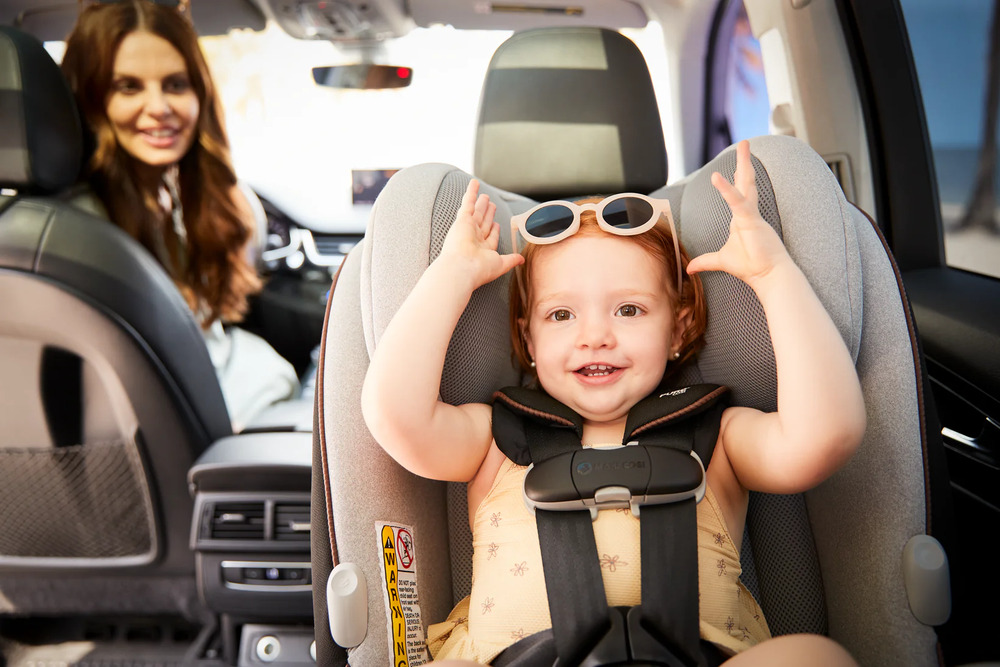
Traveling with a baby or young child requires careful attention to car seat safety to ensure their protection and well-being. Whether you’re venturing on long journeys or planning a road trip, here are some practical tips and advice to keep in mind:
1. Choose the Right Car Seat
- Selecting the appropriate car seat is crucial for your child’s safety.
- Ensure that the car seat is appropriate for their age, weight, and height, and complies with safety regulations and standards.
- Consider factors such as the type of car seat (rear-facing, forward-facing, or booster seat) and whether it is suitable for your child’s specific needs.
2. Securely Install the Car Seat
- Proper installation of the car seat is essential for optimal safety.
- Follow the manufacturer’s instructions carefully and utilize the vehicle’s seat belt or LATCH system to secure the car seat.
- Double-check that the seat is tightly installed, with minimal movement or wobbling.
3. Position the Car Seat Correctly
- For rear-facing car seats, position them in the backseat of the vehicle, facing towards the rear.
- This positioning provides better protection for your child’s head, neck, and spine in the event of a crash.
- Avoid placing the car seat in the front seat, especially if it has an active airbag.
4. Secure Your Child Properly
- Ensure that your child is correctly strapped and buckled in the car seat.
- The harness straps should be snug and positioned at or below their shoulders for rear-facing seats.
- Follow the car seat’s manual for the correct adjustment of the harness straps.
- Regularly check the tension of the straps to maintain a secure fit.
5. Minimize Bulky Coats and Clothing
- During colder weather, layer your child with thinner clothing that doesn’t compromise the proper fit of the harness.
- Thick or bulky clothing, such as winter coats, can create a gap between the harness and your child, reducing its effectiveness in an accident.
- Use blankets or put the coat on your child backward over the harness for added warmth.
6. Take Regular Breaks
- Long car rides can be tiring for both children and parents.
- Plan regular breaks to allow your child to stretch, move around, and take a break from the car seat.
- Use these breaks to change diapers, feed your child, and provide necessary care.
7. Pack Essential Items
- Make sure you have all the necessary items for your child during the journey.
- Pack plenty of diapers, wipes, extra clothing, snacks, and toys to keep your child comfortable and entertained.
- Avoid loose objects that may become projectiles in the event of sudden braking or a collision.
Remember, proper car seat safety is essential for protecting your child during travel. By following these tips, you can ensure a safe and secure journey for your little one.
The Final Note: How Long do Babies Have to be Rear Facing
In conclusion, ensuring your child’s safety on the road begins with understanding the importance of car seat safety, especially how long do babies have to be rear facing.
By adhering to expert recommendations and guidelines, such as keeping infants and toddlers in rear-facing car seats until they reach the maximum weight and height limits specified by the manufacturer, you can provide the highest level of protection for your little ones during car journeys.
The benefits of extended rear-facing, including enhanced safety, protection for developing body structures, minimizing the impact of car collisions, improved protection in side-impact collisions, and compliance with safety standards, underscore the importance of this practice.
Remember, the road can be unpredictable, but with the right car seat and adherence to rear-facing guidelines, you can provide your baby with the best possible protection during every journey.

